Home>Interior Design>4 Outdated Countertop Materials Designers Warn We Should All Be Avoiding
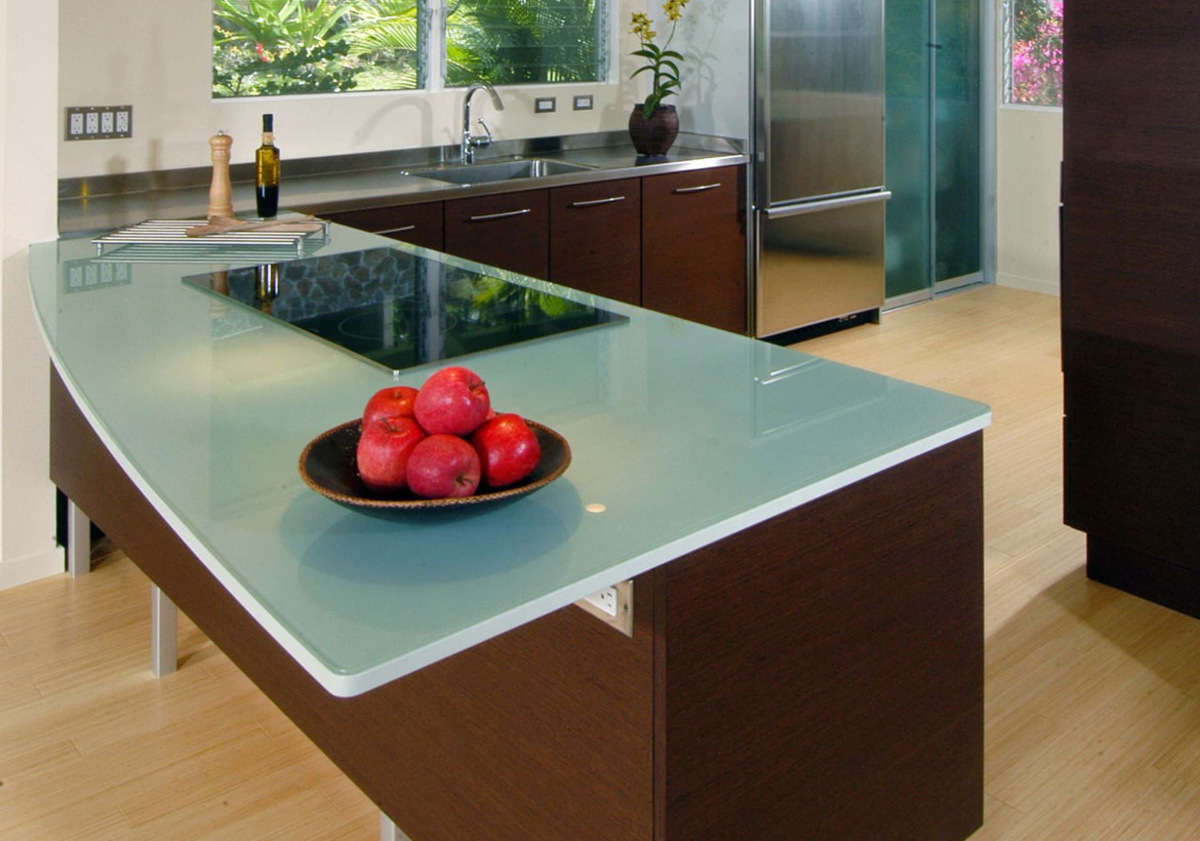

Interior Design
4 Outdated Countertop Materials Designers Warn We Should All Be Avoiding
Modified: January 5, 2024
Avoid these 4 outdated countertop materials! Stay updated with the latest interior design trends and choose the right materials for your countertops.
(Many of the links in this article redirect to a specific reviewed product. Your purchase of these products through affiliate links helps to generate commission for Storables.com, at no extra cost. Learn more)
Formica: A Countertop Material to Avoid
When it comes to choosing a countertop material for your kitchen or bathroom, there are several options available on the market. However, not all materials are created equal, and some have become outdated over time. One such material is Formica.
Formica was once a popular choice due to its affordability and durability. It is a laminate material that consists of thin layers of melamine resin and decorative paper. While Formica countertops may have been commonly used in the past, interior designers today often caution against using this material.
One of the main reasons why designers advise against Formica is its outdated appearance. The laminate surface can look cheap and artificial, lacking the depth and beauty of natural stone or other high-end materials. Additionally, Formica countertops tend to have limited design options, with a limited range of colors and patterns available.
Another drawback of Formica countertops is their susceptibility to damage. While they are relatively resistant to heat and stains, they are prone to scratches and chipping. Over time, the laminate layer can peel or bubble, leaving behind an unsightly and difficult-to-repair surface.
Maintaining Formica countertops can also be a challenge. They require regular cleaning with gentle non-abrasive cleaners, as harsh chemicals can damage the laminate surface. It’s also important to avoid placing hot pots or pans directly on Formica, as it can cause the material to melt or warp.
In terms of resale value, Formica countertops can lower the overall appeal and perceived value of a home. Potential buyers often prefer more modern and luxurious countertop options, such as granite or quartz. Upgrading to a higher-quality material can significantly improve the aesthetic and overall value of your space.
Fortunately, there are many alternative countertop materials available that offer greater durability and aesthetic appeal. Granite, quartz, and marble are popular choices in today’s interior design trends. These natural stone materials provide a timeless beauty, are highly resistant to scratches and stains, and come in a wide array of colors and patterns.
Investing in higher-quality countertop materials may require a larger upfront investment, but it can save you money in the long run. Their durability and longevity can reduce the need for repairs and replacements, saving you from the hassle and expense of frequent maintenance.
When it comes to designing your kitchen or bathroom, it’s crucial to choose countertop materials that will stand the test of time and add value to your space. While Formica may have served its purpose in the past, it’s best to avoid this outdated material and opt for more modern and durable alternatives.
Key Takeaways:
- Outdated countertop materials like Formica, laminate, ceramic tile, and butcher block are losing favor in modern interior design due to their limited aesthetics, susceptibility to damage, and high maintenance requirements.
- Designers recommend opting for durable and stylish alternatives such as granite, quartz, and engineered quartz to enhance the functionality and appeal of kitchen and bathroom spaces, reflecting personal style and standing the test of time.
Laminate: An Outdated Countertop Material to Stay Away From
In the world of interior design, trends come and go, especially when it comes to countertop materials. One such material that has fallen out of favor in recent years is laminate. Once a popular choice due to its affordability and versatility, laminate countertops are now considered outdated by many designers and homeowners.
Laminate countertops are made from layers of resin-coated paper bonded to particleboard or plywood. The top layer is a decorative laminate that provides the pattern and color. While laminate countertops do offer some benefits, such as being low-maintenance and resistant to stains, there are several reasons why they have become less desirable.
One of the primary drawbacks of laminate countertops is their appearance. The design options for laminate are limited compared to other materials, such as granite or quartz. Laminate often has a distinct, synthetic look that can cheapen the overall aesthetic of a kitchen or bathroom. Additionally, the seams between pieces of laminate can be quite visible, which can detract from the seamless and cohesive look that many homeowners desire.
Durability is another concern with laminate countertops. While they may be resistant to stains and heat, they are more prone to scratches, cuts, and burns than other materials. Laminate can chip or peel over time, especially in areas of high use, such as around sinks or stovetops. It is also important to avoid placing hot pans directly on laminate countertops, as they can cause permanent damage to the surface.
When it is time to update your kitchen or bathroom, laminate countertops can be a hindrance. They are not easily refinished or repaired, which means that if they become damaged or out of style, you will likely need to replace them entirely. This can be a costly and time-consuming process.
Replacing laminate countertops with more modern and durable materials, such as granite or quartz, can significantly enhance both the functionality and appeal of your space. These materials offer a wide range of design options and provide a luxurious, high-end look that will elevate any interior design style.
While laminate countertops may have been a popular choice in the past, the rapidly evolving world of interior design has outpaced them. Today, homeowners and designers are moving towards materials that offer greater durability, aesthetics, and long-term value. If you want to create a timeless and stylish kitchen or bathroom, it’s best to steer clear of laminate countertops and consider more contemporary options.
When choosing a countertop material, consider durability, maintenance, and style. Look for options like quartz, granite, concrete, or solid surface materials for a timeless and long-lasting choice.
Ceramic Tile: An Outdated Choice for Countertops
For many years, ceramic tile has been a popular choice for countertops, especially in kitchens and bathrooms. However, as interior design trends have evolved, ceramic tile has become an outdated option that many designers warn against. While ceramic tile can still be a suitable choice for backsplashes and flooring, using it as a countertop material comes with several drawbacks.
One of the main concerns with ceramic tile countertops is the grout lines. Unlike other countertop materials, ceramic tiles are usually installed with grout lines in between. Over time, these grout lines can become a breeding ground for dirt, stains, and bacteria. Despite regular cleaning, it can be challenging to keep the grout lines looking clean and hygienic, which can negatively impact the overall cleanliness of your kitchen or bathroom.
Another issue with ceramic tile countertops is their susceptibility to cracks and chips. Ceramic tiles are relatively fragile compared to other materials like granite or quartz. In a high-traffic area, such as a kitchen countertop, accidental impacts or dropped items can cause the tiles to crack or chip. Repairing or replacing individual tiles can be a costly and time-consuming process.
From an aesthetic standpoint, ceramic tile countertops can also appear dated and lack the sophistication and elegance of other materials. The limited range of colors and patterns available in ceramic tiles can restrict your design options, making it difficult to achieve a cohesive and modern look in your kitchen or bathroom.
In terms of maintenance, ceramic tile countertops require regular sealing to prevent stains and maintain their appearance. This additional step in the maintenance routine adds to the overall upkeep and can be inconvenient for many homeowners. Additionally, the grout lines in ceramic tile countertops can be challenging to keep clean, as they are prone to discoloration and can require frequent scrubbing to maintain their original color.
Considering all these concerns, it’s no surprise that ceramic tile countertops have fallen out of favor in the world of interior design. Homeowners and designers alike are turning to more durable, low-maintenance options like quartz or solid surface materials. These materials offer seamless surfaces, a wide variety of colors and patterns, and superior durability, making them a more desirable choice for modern kitchens and bathrooms.
While ceramic tile may still have a place in certain areas of the home, it’s best to avoid using it as a countertop material. By exploring alternative options, you can create a more stylish, functional, and timeless space that reflects your personal style and stands the test of time.
Butcher Block: A Countertop Material that is Starting to Show its Age
Butcher block countertops have long been admired for their warm and natural appearance. Made from solid wood, typically maple, cherry, or oak, butcher block countertops add a touch of rustic charm to any kitchen. However, as interior design trends evolve, many designers are cautioning against the use of butcher block due to its limitations and potential drawbacks.
One of the main concerns with butcher block countertops is their susceptibility to damage. Unlike other countertop materials, wood is more prone to scratches, dents, and stains. Regular use, cutting directly on the surface, and exposure to moisture can lead to wear and tear over time. It’s important to remember that wood is a porous material, which means it can absorb liquids, causing stains and potentially leading to bacterial growth.
Maintaining butcher block countertops also requires regular maintenance to keep them in good condition. They need to be sealed with food-safe oils or finishes to protect the wood and keep it hygienic. Additionally, the surface may need to be sanded and refinished periodically to remove any scratches or discoloration. This ongoing maintenance can be time-consuming and may require more effort than other countertop materials.
In terms of design, butcher block countertops may not be the best choice for all kitchen styles. While they can create a warm and inviting atmosphere in a farmhouse or rustic-themed kitchen, they may not blend well with more contemporary or sleek designs. Moreover, the limited range of wood species and finishes can restrict your design options, making it challenging to achieve a cohesive look with other elements in your kitchen.
Another consideration when it comes to butcher block is its lifespan. While wood countertops can last for many years with proper care, they may not be as durable as materials like granite or quartz. Over time, the wood can become worn, develop cracks or stains, and require more extensive repairs or even replacement.
Considering these factors, many designers now recommend exploring alternative countertop materials that provide the same warm and natural aesthetics of wood, but with added durability and ease of maintenance. A popular option is engineered quartz, which mimics the look of natural stone but offers a non-porous surface that resists stains, scratches, and bacteria.
Ultimately, the decision to use butcher block countertops should be based on your personal preferences and lifestyle. If you appreciate the unique character and warmth of wood and are willing to invest time and effort into its upkeep, butcher block can still be a viable option. However, if you are seeking a low-maintenance, long-lasting countertop material, it may be best to explore other alternatives that better suit your needs and style.
Frequently Asked Questions about 4 Outdated Countertop Materials Designers Warn We Should All Be Avoiding
Was this page helpful?
At Storables.com, we guarantee accurate and reliable information. Our content, validated by Expert Board Contributors, is crafted following stringent Editorial Policies. We're committed to providing you with well-researched, expert-backed insights for all your informational needs.
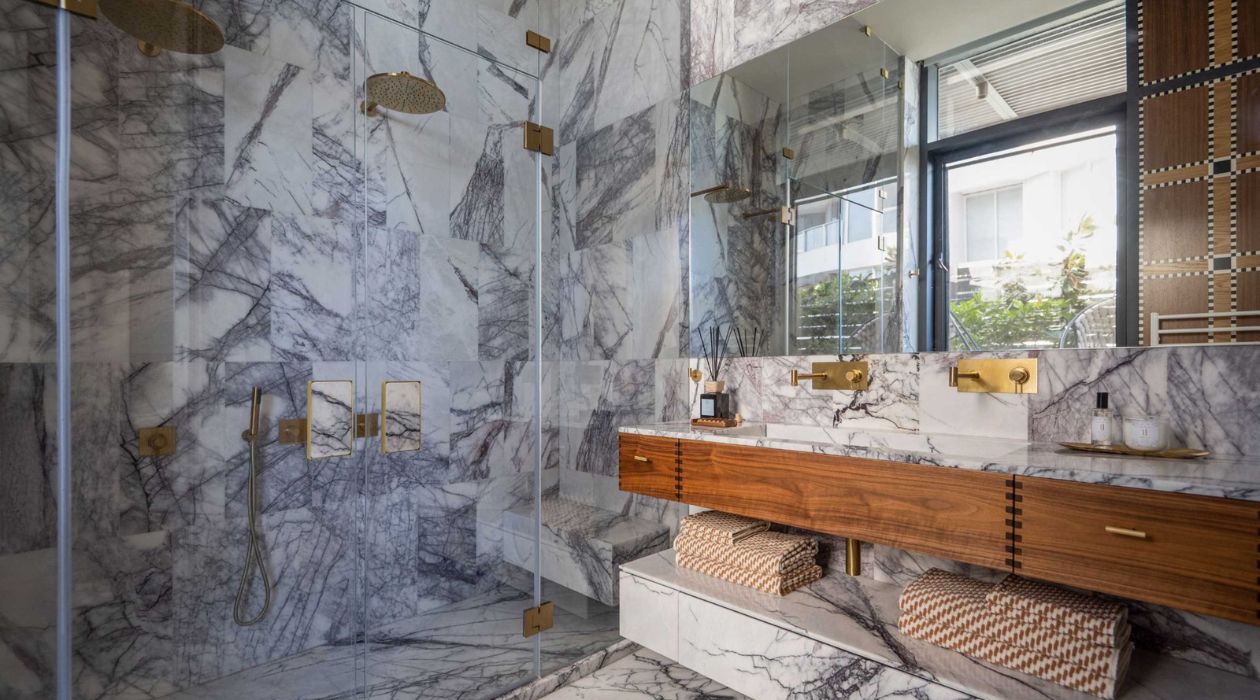
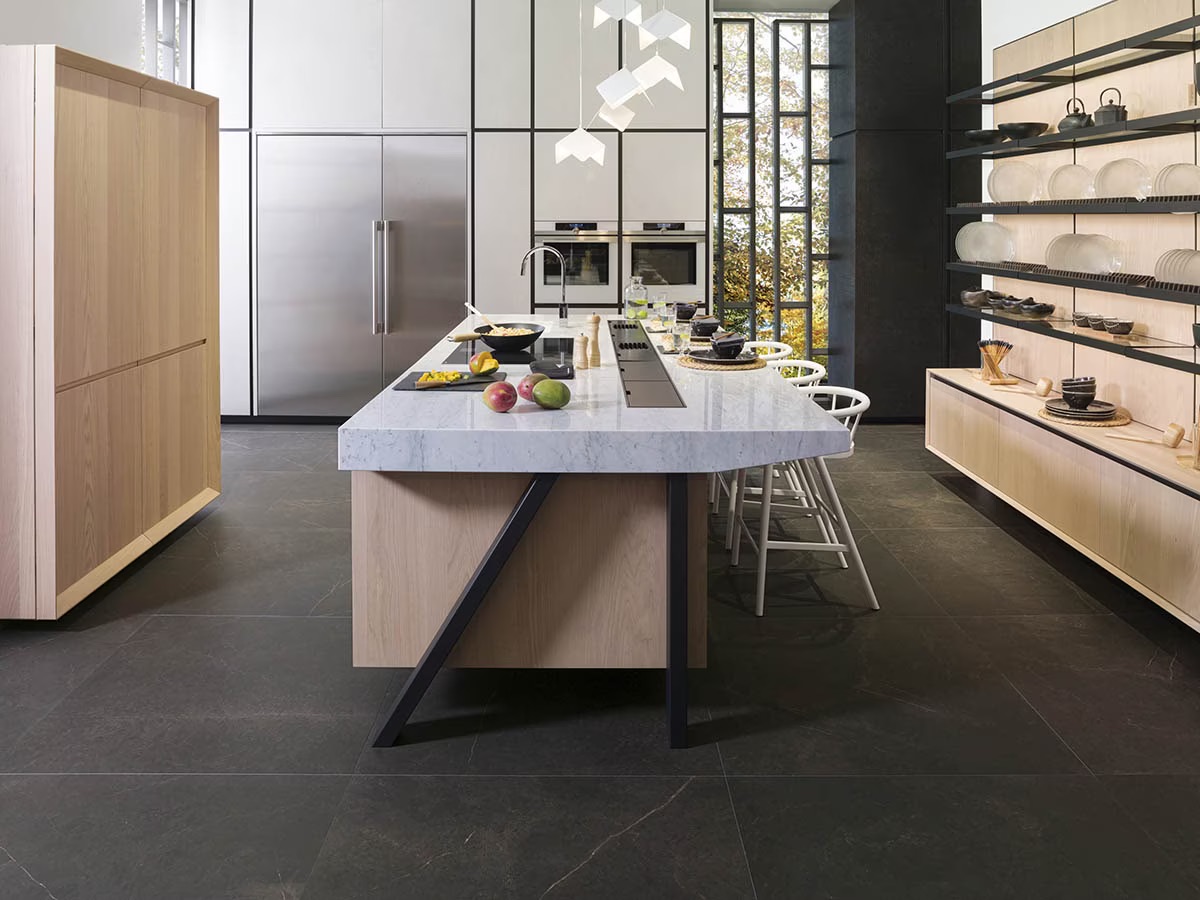
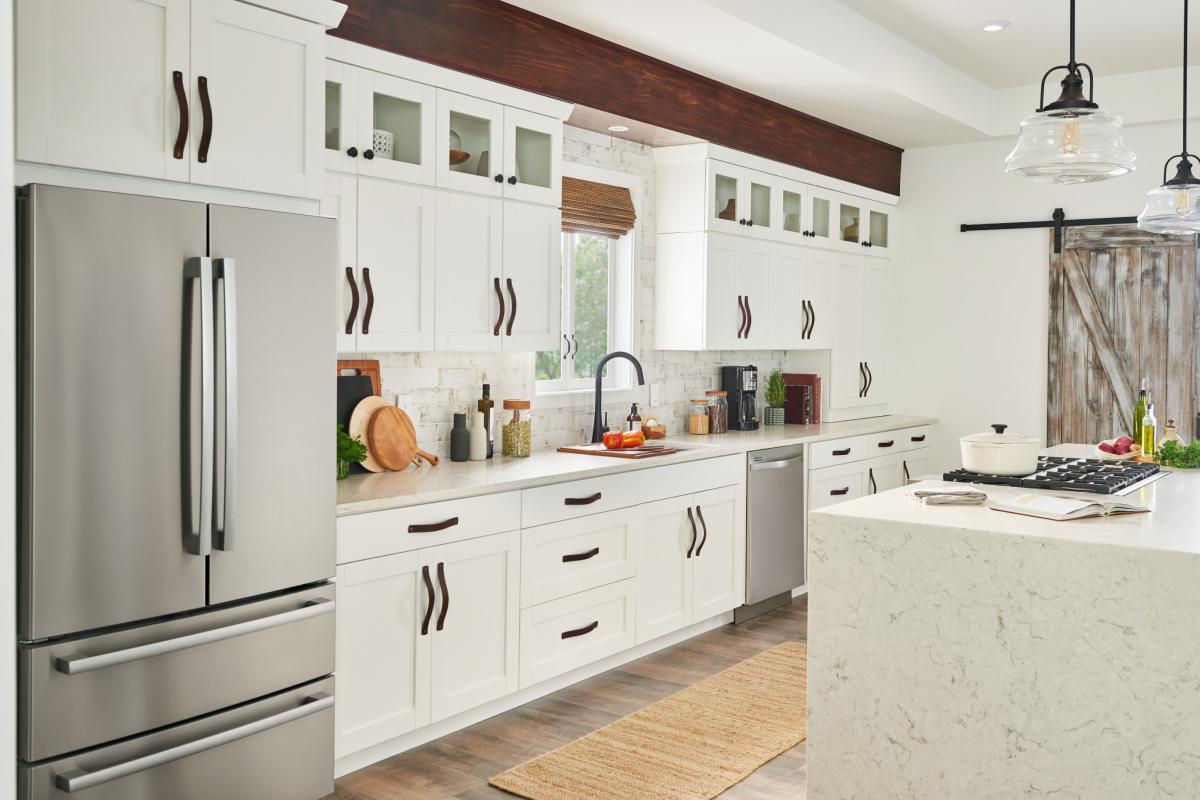
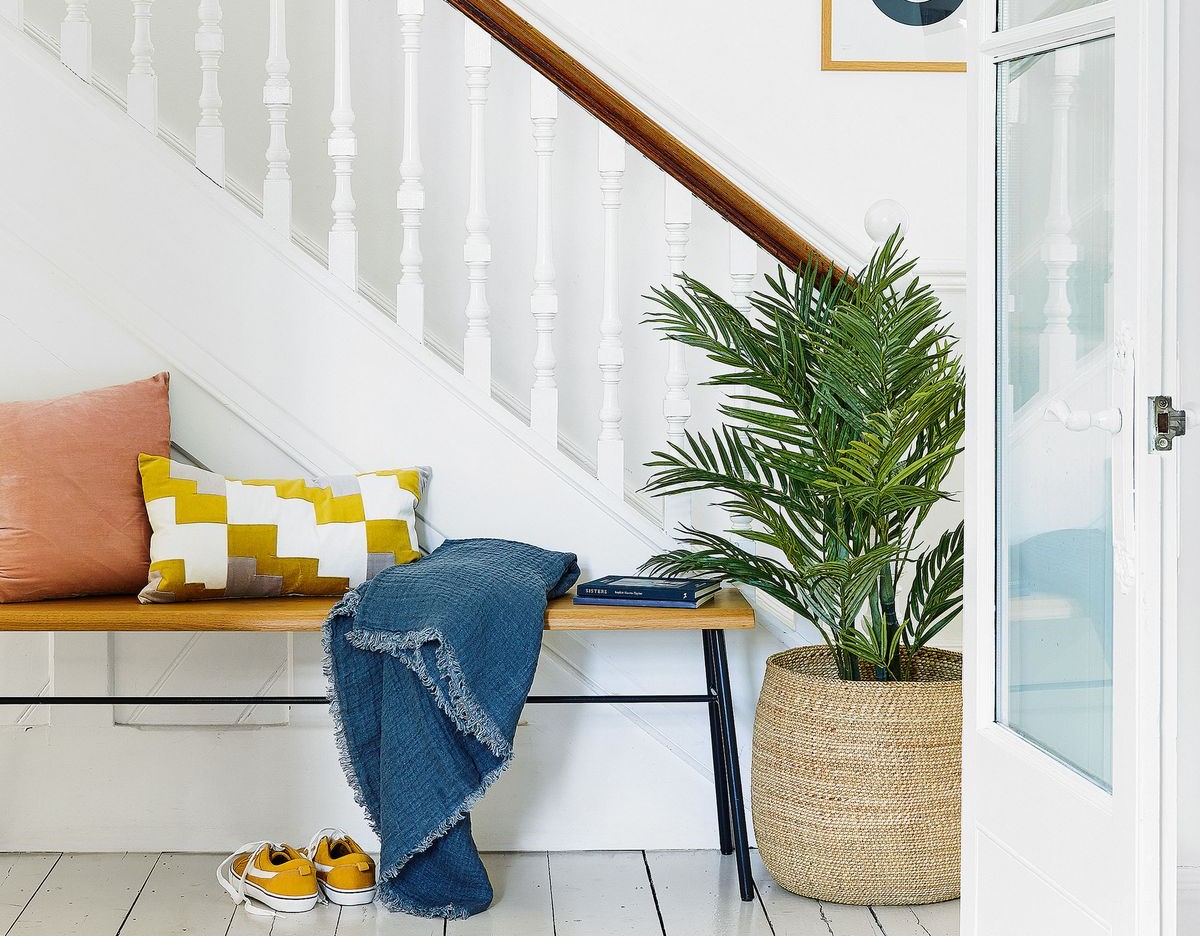

0 thoughts on “4 Outdated Countertop Materials Designers Warn We Should All Be Avoiding”